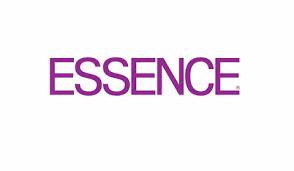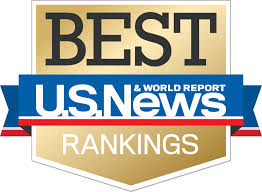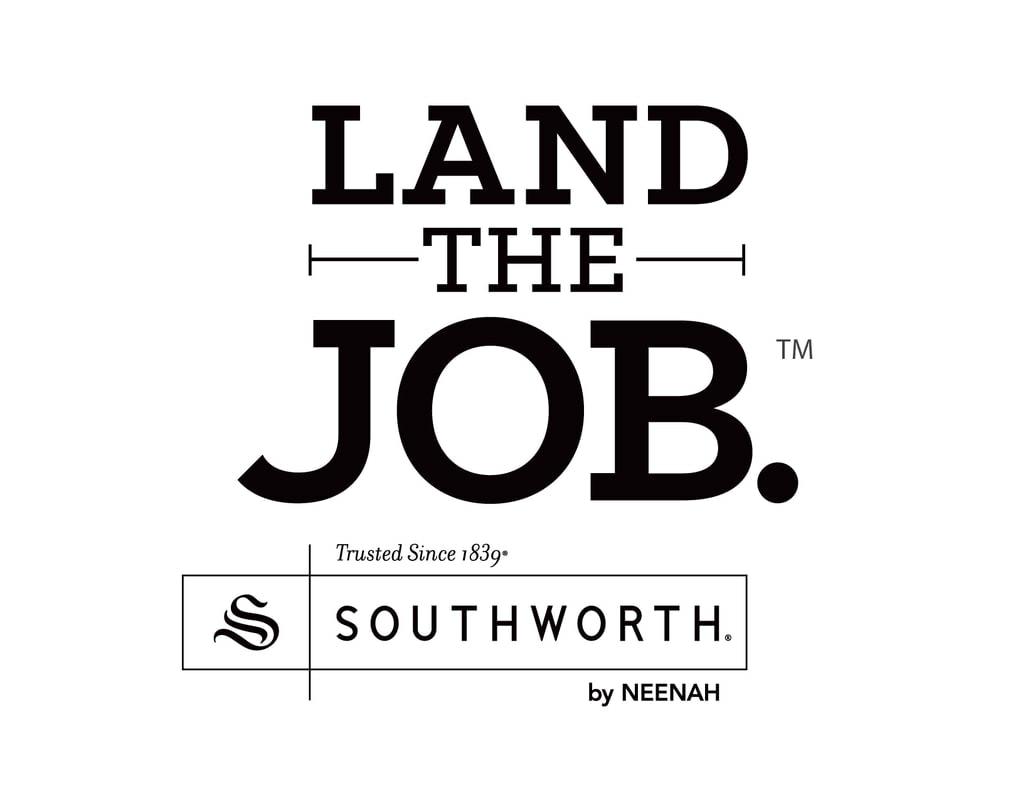Try These Resume Formats When Job Searching: with resumes, format is just as important as content11/23/2013 By EVAN TAYLOR November 23, 2013 RSS Feed Print Originally published in U.S. News & World Report Like any cohesive story, résumés need a beginning, middle, end and takeaway. You need to explain who you are, how you have succeeded, a scope of why that's important and what you will do for your potential employer. Here are some ways to use common résumé formats to effectively tell your career story. [See: 6 Overused Résumé Statements to Nix.] Chronological. Chronological résumés organize career experience and achievements according to time periods. Gala Jackson, owner and senior consultant at the career consulting boutique InterviewSnob, says these résumés "are a good, standard, simple format and could work in any industry." Heather Wieshlow, chief career strategist and owner of Turning Point Coaching and Consulting, says this type of résumé is a good general source for information. "Recruiters like to see where applicants started, their progression, gaps, levels of companies," she says. "It's a clear snapshot." On the other hand, Wieshlow says chronological résumés don't work well for someone switching careers or with unexplained gaps in employment history that highlight missing qualifications. Targeted. Targeted résumés use a job's requirements and qualifications as its foundation to provide direct examples to hiring managers and recruiters of how your skills match the job you're seeking. "The objective should be targeted to what the potential employer is looking for. The résumé should highlight the skills the HR manager is looking for," says Vicki Krotzer, human resources consultant with Maximum Business Consulting, LLC. Even though this is one type of format, targeted content should be included in every résumé. "You have to adapt your résumé to what a company is looking for to fill a position," Wieshlow says. [Read: 8 Red Flags Employers See on Your Resume.] Functional. A functional résumé works well for job seekers with limited work experience because the format prioritizes skills over employment history. Functional résumés tend to start with skills and qualifications before the education and work experience sections. "It is more focused on core competencies and pulls out relevant experiences," Jackson says. Michelle Aikman, founder of employment strategy services company Skilled Assets, LLC and a certified résumé writer, says they work for people who have no paid experience and significant gaps in employment. However, she warns that "it raises questions and concerns" because the résumé might accent gaps in relevant experience. Nancy H. Segal, owner of career coaching and HR consulting firm Solutions for the Workplace, LLC, says a functional format works best for people switching careers, but she doesn't recommend them for most job seekers. Functional résumés often raise suspicion about what an applicant has chosen to leave off, she says, and "they can be too clever for their own good." Combination. Combination résumés, which are a mix of chronological and functional formats, tend to highlight the strengths and mask the weaknesses of a job applicant. Composing one "is an art, not just a science – like painting to highlight areas and downplay shadows," Wieshlow says. This format works well in conservative industries such as business, health care and technology, and allows applicants to customize and order elements more effectively. "Combination résumés tell the story of who you are as a professional by showcasing your skill sets and experience ... They tell excellent stories for mid-level, senior-level managers and C-suite applicants," Jackson says. The mix of chronological and functional can be adjusted to meet the needs of the applicant. "It can be more chronological or functional dependent on the challenges you may have," Aikman says. However, Krotzer says combination résumés can be lengthy, so you have to be cautious to avoid the common pitfall of including too much information. [Read: The 411 on Infographic Résumés.] Non-traditional. Visual, story and interactive résumés are considered non-traditional. Visual résumés use pictures, illustrations and graphics to show traditional résumé elements. Story résumés craft a narrative about how the applicant has contributed to companies over their career while interactive résumés create a user experience for hiring managers to understand the applicant holistically. All three formats can be applied on paper or through digital mediums like videos, and they offer a way to stand out and show relevant skills. "Visual résumés and interactive résumés can work with technology and gaming companies, but a person with phenomenal experience could get one of those jobs with a chronological résumé," Wieshlow says. Some popular free websites for creating visual resumes include vizify.com, vizualize.me and Re.vu. However, non-traditional résumés can cause problems and can be expensive. While visual résumé templates are available for very little cost online, custom design résumés can range from $600 to $2,000 on sites like storyresumes.com. Applicants also have to consider the digital footprint and trends of a potential employer before choosing one of these styles. "Non-traditional résumés are fine between colleagues because they are interesting and entertaining, but they make a reviewer work too hard to find information," Segal says. Simple additions, like a picture, can complicate HR professionals' decisions when considering an applicant for hire, since physical appearance and characteristics such as race and ethnicity should have no bearing on hiring considerations. Non-traditional résumés also aren't ideal if your target company uses an applicant tracking system that strips pictures and logos from submitted files, or refuses to accept applications with these elements. http://money.usnews.com/money/careers/articles/2013/11/25/try-these-resume-formats-when-job-searching?page=2
0 Comments
Leave a Reply. |
AuthorGala Jackson, M.Ed. Archives
June 2014
Categories
All
|

 RSS Feed
RSS Feed










